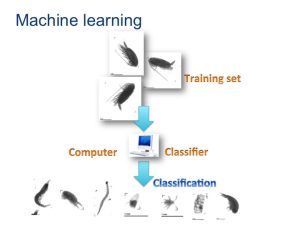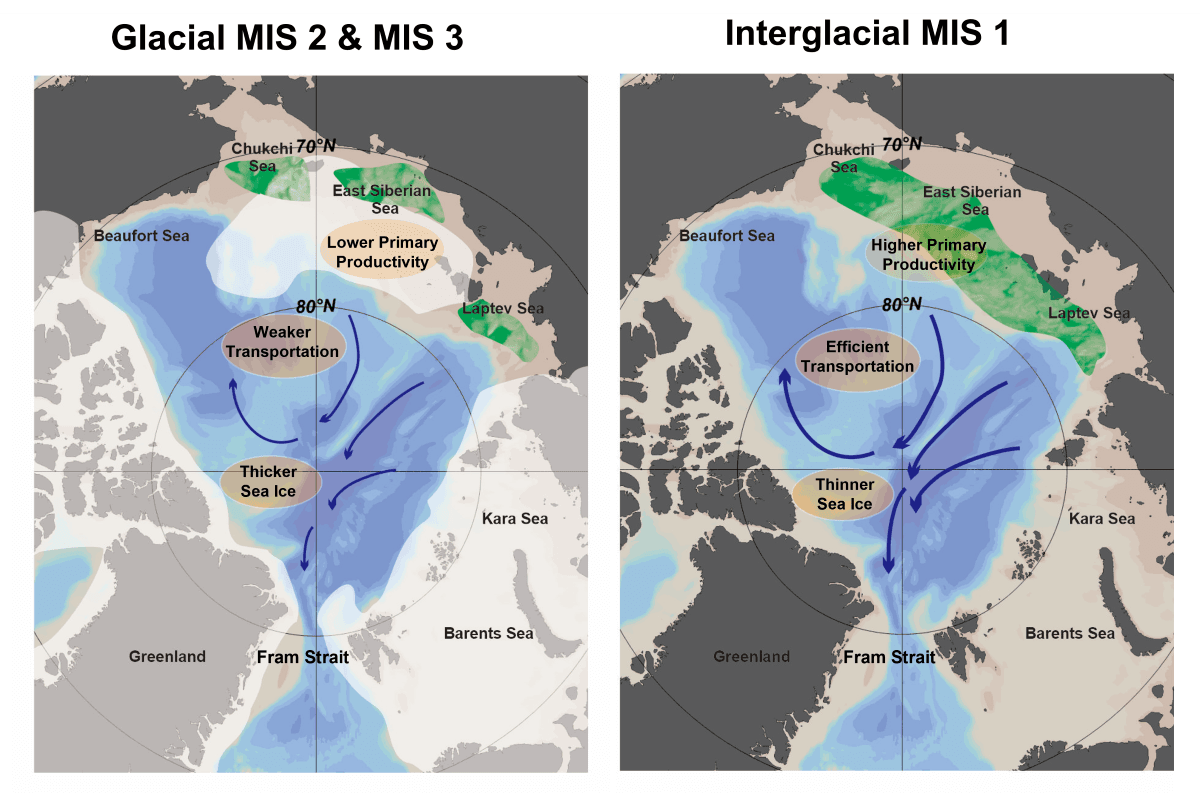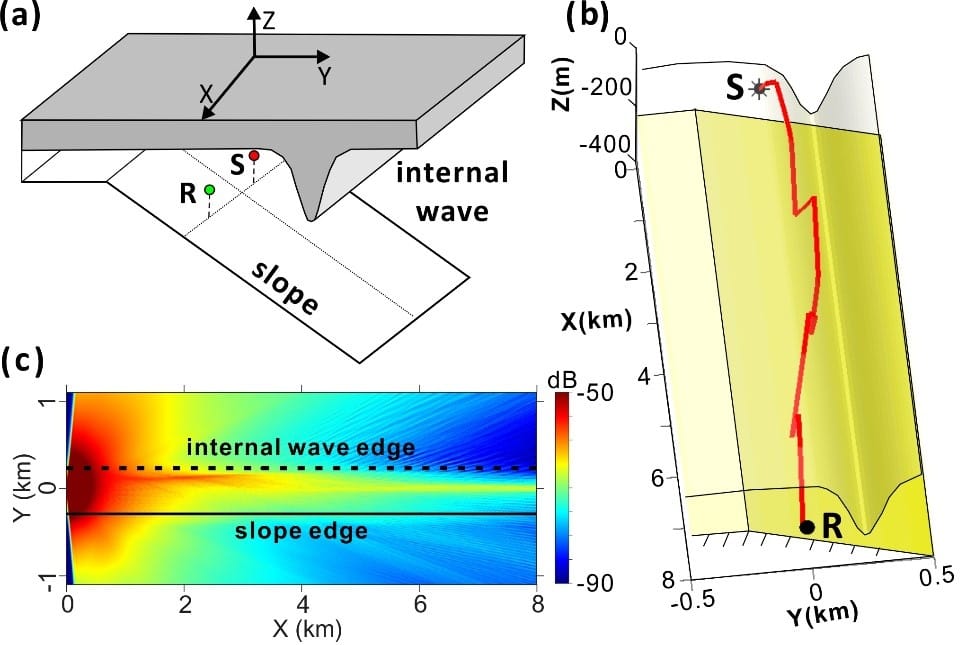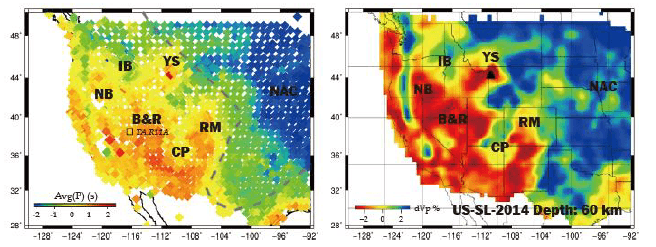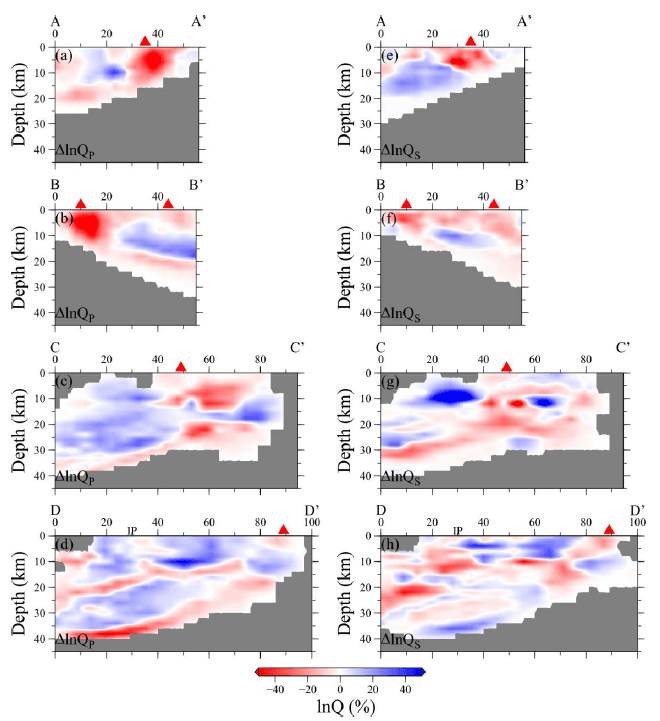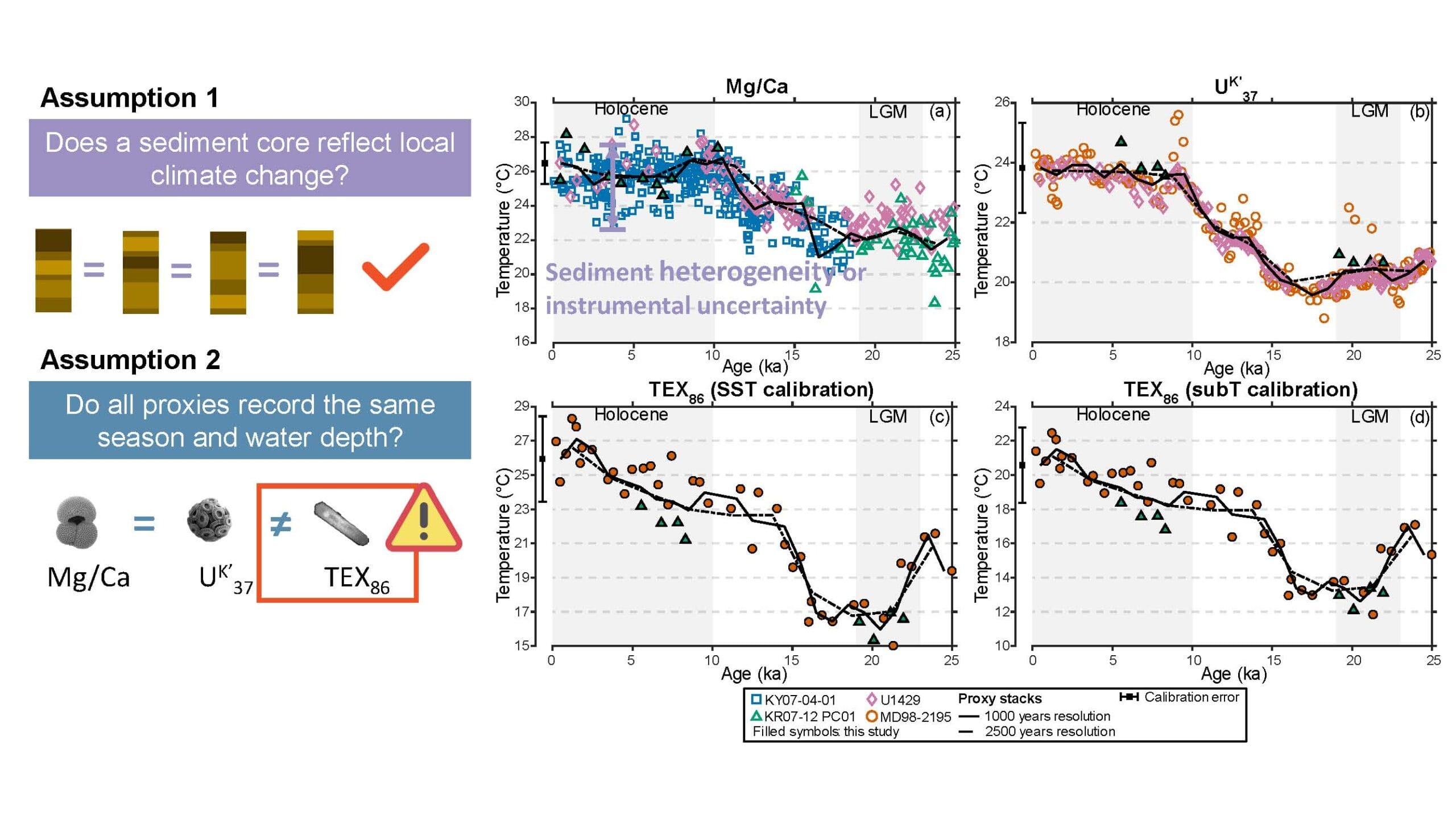Lin Ye and Chih-hao Hsieh
Institute of Oceanography, National Taiwan University
With the aid of new technologies to measure zooplankton size and community structure, a group of scientists of National Taiwan University formulated a novel hypothesis: increasing predator size diversity enhances the strength of top-down control on prey through diet niche partitioning, and this hypothesis was supported empirical plankton data in the East China Sea. This work is led by the postdoctoral researcher Lin Ye, and associate professor Chih-hao Hsieh and is published in the Journal of Animal Ecology (March 2013).
Understanding the relationship between biodiversity and ecosystem functioning is a pressing concern in ecosystem management. Traditional metrics to quantify biodiversity focus on species diversity. However, accumulating evidence suggests the importance of considering functional diversity. In this work, we employed the well-established argument that size represents the most important functional trait in aquatic ecosystems. Indeed, many studies have shown that body size of organisms is sensitive to environmental changes and is one of the fundamental characteristics of organisms linking many ecosystem properties. Here, we proposed to use size diversity to represent the critical diet niche diversity and developed a novel theory that increasing zooplankton size diversity enhances the strength of top-down control on phytoplankton through diet niche partitioning. This mechanism can be explained by the optimal predator-prey body-mass ratio concept. Suppose each size group of zooplankton predators has its own optimal phytoplankton prey size, increasing size diversity of zooplankton would promote diet niche partitioning of predators and thus elevates the strength of top-down control.
To test this theory, we collected plankton samples and environmental variables in the East China Sea. We used a newly developed semi-automatic zooplankton classification system to measure zooplankton size and community structure. Our theory is supported with empirical data from the East China Sea. This work points out an important research direction to consider size structure in studies of trophic interactions. This work is an outcome of the largest interdisciplinary ocean ecosystem research project in Taiwan: Long-term Observation and Research of the East China Sea (LORECS).
References
Ye, L., C. Y. Chang, C. García-Comas, G. C. Gong, and C. H. Hsieh (2013) Increasing zooplankton size diversity enhances the strength of top-down control on phytoplankton through diet niche partitioning. Journal of Animal Ecology. doi: 10.1111/1365-2656.12067
Ye, L., C. Y. Chang, and C. H. Hsieh (2011) Bayesian model for semi-automated zooplankton classification with predictive confidence and rapid category aggregation. Marine Ecology Progress Series. 441: 185-196
Figure 1. Conceptual diagram summarizing the size diversity hypothesis: the mechanism of increasing predator size diversity enhancing the strength of top-down control on prey through diet niche partitioning. Panel A indicates that the community with a low size diversity can only forage on a rather narrow diet niche breadth; by contrast in panel B, the community with a high size diversity can have a rather evenly and widely distributed diet niche breadth. The dash line represents conceptually the predation pressure of a given size class.
Figure 2. ZooScan: zooplankton imaging and classification system.
Figure 3. Schematic illustrating automatic computer-aided zooplankton classification system.



